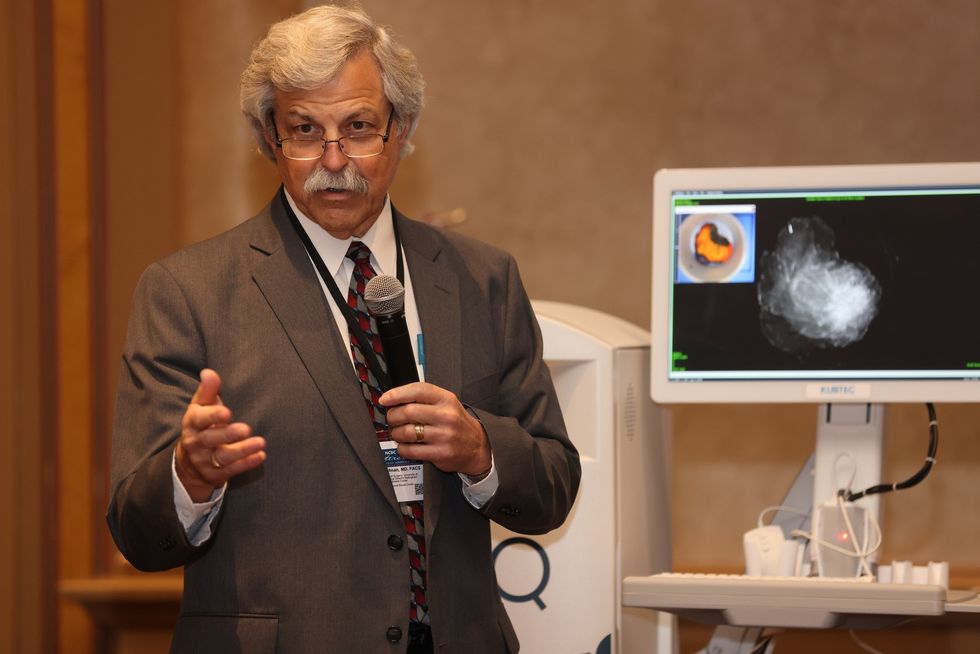October is Pregnancy and Infant Loss Awareness Month, a time dedicated to supporting families who have experienced the heartbreak of losing a child during pregnancy or infancy. This month not only raises awareness of the prevalence of such losses but also encourages community support and remembrance events. It is also important to help break the stigma that keeps women quiet about losses they have experienced.
Established in 1988 through a proclamation by President Ronald Reagan, Pregnancy and Infant Loss Awareness Month helps spotlight a reality that affects millions worldwide. In the United States alone, approximately 1 in 4 pregnancies end in miscarriage, and around 1 in 160 pregnancies result in stillbirth. These figures underscore the importance of providing both emotional and community support to grieving families who may feel isolated due to the often-private nature of these losses. Many parents have also experienced the loss of a child due to Sudden Infant Death Syndrome (SIDS) or other medical conditions, further emphasizing the need for awareness and understanding (March of DimesPregnancy After Loss Support.)
One of the most recognized observances during this month is Pregnancy and Infant Loss Remembrance Day on October 15. On this day, families and communities participate in the International Wave of Light, lighting candles at 7 PM local time. This wave of light, which travels across different time zones, creates a symbolic moment of unity and remembrance as it passes around the globe. Many organizations, including the March of Dimes and local support groups like Share Pregnancy and Infant Loss Support, offer ways for people to connect, share stories, and honor the lives of the babies lost too soon. Events such as remembrance walks and gatherings provide spaces where families can connect and find comfort in shared experiences (Pregnancy After Loss SupportUintah Basin Healthcare).
Beyond the memorial events, Pregnancy and Infant Loss Awareness Month also emphasizes prevention and education. Efforts are ongoing to reduce the risk factors associated with stillbirth, SIDS, and other causes of infant mortality. Organizations like the March of Dimes advocate for research and policy changes aimed at improving maternal and infant health outcomes. This month is a call to action, inviting individuals and communities to raise awareness, support research, and help foster environments where all parents and infants receive the best possible start to life (March of Dimes)
Pregnancy and infant loss are more common than most people think. There are many women who have experienced it and use that experience to help support other. Whether through local support groups, online communities, or national organizations, help is available to honor the memories of these children and to offer hope to bereaved families.















 Dr. Cary S. Kaufman teaches the "Essentials of Oncoplastic Surgery" course through the National Consortium of Breast Centers, providing breast surgeons around the world with advanced techniques for optimal breast surgery outcomes.
Dr. Cary S. Kaufman teaches the "Essentials of Oncoplastic Surgery" course through the National Consortium of Breast Centers, providing breast surgeons around the world with advanced techniques for optimal breast surgery outcomes.
 Dr. Jay Harness, MD, FACS, founder of Cancer Fitness, believes that when a woman begins exercising after breast cancer, it marks the start of her personal reconstruction journey.
Dr. Jay Harness, MD, FACS, founder of Cancer Fitness, believes that when a woman begins exercising after breast cancer, it marks the start of her personal reconstruction journey.
